Walt Disney World is the largest and most ambitious Disney theme park on Earth, and is filled with fantastic lands you can’t find anywhere else. From Morocco to Pandora, there’s no shortage of amazing scenery in the place where dreams come true.
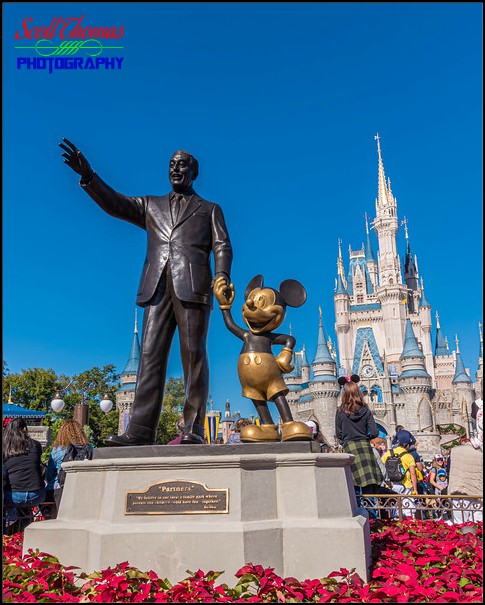
But not every land dreamed up by Imagineering has come to fruition. Today, we’ll take a fantastic journey into the lost kingdoms of Disney World… the lands that, for one reason or another, never came to be.
Western River Expedition: Magic Kingdom
It’s hard to believe, but when the Magic Kingdom was first being built, pirates had no place in the plans.
The Wild, Wild West
Why? Because, at the time, Imagineers thought that Floridians wouldn’t be excited by pirates. Pirates are a part of Floridian folklore, and everyone knows about the regular pirate attacks that take place on the Florida coast every year. Pirates are a major part of every day Florida life! Take it from me, a Floridian who is totally not being sarcastic right now.
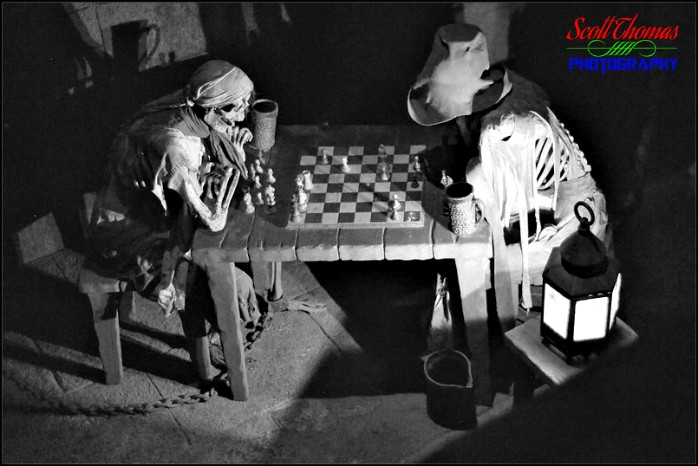
So instead, Disney decided to devote the space and energy that would normally be devoted to the sprawling Pirates of the Caribbean attraction to a similar, new attraction themed to the American West: The Western River Expedition!
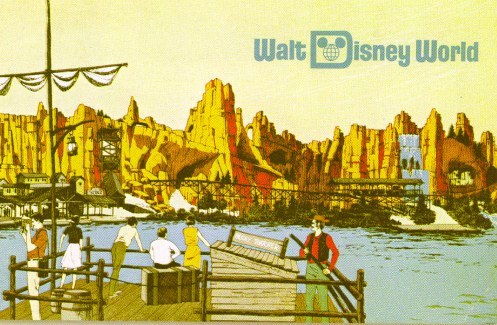
Sarcasm aside, this attraction would have been spectacular, taking place in and around Thunder Mesa; a huge mountain that would have been built near Frontierland. (Astute readers have probably already noticed that it was built, just in a different form).
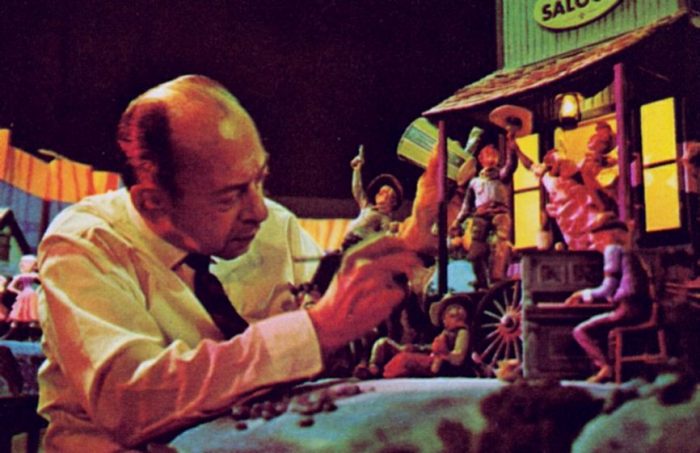
The mountain would have concealed an enormous attraction containing a Pirates of the Caribbean style water ride through the Wild West, featuring a stage coach robbery, a tour through the wild town of Dry Gulch, and a narrow escape from certain doom over the edge of a waterfall.
The space would have been shared with a runaway mine-train coaster that ran through and around the mountain, as well as a walk-through pavilion featuring hiking trails, pack mules, and a Pueblo village. The attraction would have been Imagineering legend Marc Davis’s masterpiece, and the most elaborate ride Disney had ever built at the time.
Why Western River Expedition Was Scrapped
As you might have guessed, people immediately began to complain about the lack of pirates. Honestly, this shouldn’t have been too much of a surprise: Disneyland is located in Anaheim, where cowboys and the old west are a part of local folklore, but Frontierland remains a popular section of the park.
This, combined with the immense cost of the attraction, and the declining popularity of Westerns, led to the plans being scrapped. The opening of Space Mountain, Carousel of Progress, Astro Orbiter, and the PeopleMover also took away many of the resources planned for the Western River Expedition.
How Western River Expedition Still Remains
Of course, as you may have guessed, the plans weren’t completely scrapped. Elements of what was planned for the Western River Expedition can now be found throughout Frontierland attractions like Tom Sawyer Island, Big Thunder Mountain, and Splash Mountain.
However, the land’s biggest legacy didn’t emerge until 1992, with the opening of Disneyland Paris. Frontierland at Disneyland Paris was given the in-universe name of Thunder Mesa, after the Western River Expedition’s mountain home.

Also, the ride’s most spectacular element was repurposed… albeit in a much more macabre manner… or rather, manor. The Phantom Manor is the Haunted Mansion‘s edgier French cousin, inspired by a fascination with the American West and the tradition of Gothic horror. Rather than a swinging wake in the graveyard, your DoomBuggies take you on a haunting tour of Phantom Canyon, a spooky frontier town filled with ghouls and ghosts ready to drag you off to the underworld.

This sequence was directly inspired by the Dry Gulch section of Western River Expedition, with several scenes (like the bank robbery) being directly lifted from the planned attraction. Is it ironic that a dead attraction lives on as an undead mockery of its former self? Well, it looks pretty cool. Plus Ezra has a new job as a ticket salesman.

Mickey’s Movieland: Hollywood Studios
Back when Hollywood Studios was still Disney-MGM Studios, there were plans for a land dedicated to everyone’s favorite mouse. Located where Sunset Boulevard is today, the attraction would be a replica of Disney’s original Hyperion Avenue studio, showcasing how Mickey’s cartoons were brought to life.
What Happened?
The short answer? Tower of Terror happened. The land that was earmarked for the attraction was instead given to the park’s first thrill ride, and the Tower of Terror has dominated the studio skyline ever since.

The long version is a bit more complex, but a big part of it could be that Mickey Mouse cartoons simply weren’t as popular at the time. At this point in history, no Mickey Mouse shorts has been released since the 1950s, and Mickey’s last theatrical appearance had been in Mickey’s Christmas Carol, which was released in 1983.
Outside some cameos, Mickey himself was best known as a mascot for Disney, not as much as a character in his own right. It wasn’t until Runaway Brain in 1995 that Mickey Mouse began taking off again as a character, with Mickey Mouse Works (and later, House of Mouse) bringing new shorts to the screen. Instead, Disney decided to focus on its more popular animation projects, turning the attraction into The Art of Disney Animation. As that project took up less space than a replica of a movie studio, it was moved to the Animation Courtyard while the Tower of Terror was built to attract thrill seekers to the park.
Legacy
The train started by Runaway Brain in 1995 didn’t stop with House of Mouse, however. That irreverent attitude to a character who had been relegated to young children programming led to the eventual creation of the 2013 Mickey Mouse shorts that inspired Mickey and Minnie’s Runaway Railway.

Mickey has had a massive resurgence in recent years, and it all started with Disney’s willingness to take their iconic mascot a little less seriously.
Roger Rabbit’s Hollywood/Maroon Studios: Hollywood Studios
In 1989, Roger Rabbit was a HUGE deal, with star power that rivaled (or arguably EXCEEDED) Mickey Mouse himself. He was everywhere in the parks, with a stage show, a walk around character, parade floats, and even his very own land at Disneyland, Mickey’s Toontown.
In fact, every Toontown at Disney Parks traces its origins to “Who Framed Roger Rabbit?”. Still, there was one aspect of the movie that was never translated to Disney Parks — the link between the Cartoon World and Hollywood.
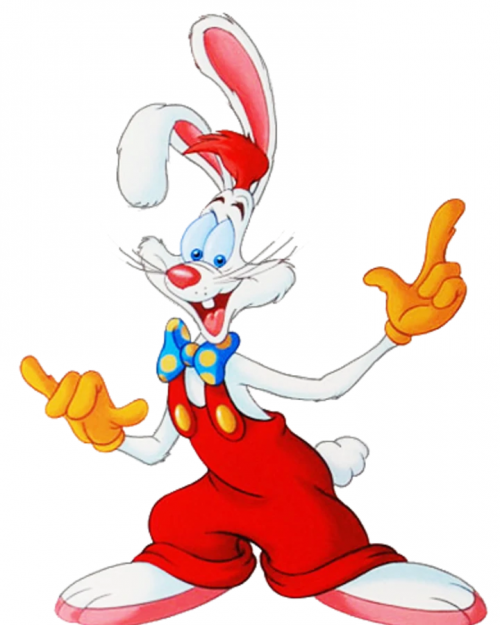
The plan, at the time, was to build an extension of Sunset Boulevard themed after the film (in the current location of Rock ‘N’ Roller Coaster). The exterior would feature working Red Car Trolleys, like the ones Judge Doom famously attempted to buy out. The noir-esque Terminal Bar would also serve as a full fledged eatery.
Inside, however? All Toontown, all the time. Attractions would have included Toontown Transit, a simulator ride through the wacky world of Roger Rabbit, Baby Herman’s Runaway Buggy Ride (in which you served as stunt doubles for Baby Herman), Roller Coaster Rabbit (themed after the impossible ride from the short of the same name), and a ride that would eventually become Roger Rabbit’s Car Toon Spin.
What Happened?
Steven Spielberg. Not that he necessarily did anything hostile, but it was his involvement in the Roger Rabbit project that led to the death of the attraction… and the end of the character.

Amblin, Spielberg’s company, co-financed Who Framed Roger Rabbit? and owned part of the rights to the character. Unfortunately, relations between Spielberg and Disney had grown tense due (in part) to Spielberg’s involvement with Universal Studios. A conflict over Roger Rabbit led the entire IP to end up in limbo, with all projects except the Anaheim version of Car Toon Spin (which was already near completion) being cancelled.
Legacy
Some ideas behind Roger Rabbit’s Hollywood would eventually make it into Mickey and Minnie’s Runaway Railway, but aside from Car Toon Spin and the various Toontowns around the world, the only element of the proposed land at Disney is a billboard near Hollywood Boulevard. With Roger Rabbit no longer fresh in the public consciousness, it seems unlikely this attraction will ever come to fruition.
Muppet Studios: Hollywood Studios
While Disney purchased the rights to the Muppets back in 2004, that was far from the first time Disney had their eyes on the world’s most famous felt franchise. Back in 1989, Disney was in the process of acquiring the entire Jim Henson company; a merger valued at $150 Million.
This would cover almost everything; The Muppets, Fraggle Rock, Labyrinth, Dark Crystal, Farscape. Just about the only thing not included was Sesame Street. It was a great deal for Henson, as he could focus on the creative aspects as Disney handled the numbers.
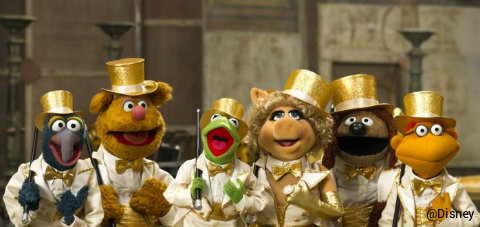
Part of the project involved a massive Muppet presence in the Disney parks. While Disneyland plotted a complete Muppet themed overlay, Walt Disney World was plotting a more permanent installation.

The front of the land would feel familiar — a brick warehouse containing Muppet*Vision 3D, with the exit leading to a colorfully sloppy backlot and the Stage 1 Studio Store. There would also be a replica of the Happiness Hotel from The Great Muppet Caper. This all eventually made it into the park (though Stage 1 has taken on a more generic “backstage” look instead of a full on set replica). However, there was so much more in store for Muppet fans…
Head around the corner, and you’d see The Great Gonzo’s Pizza Pandemonium Parlor. Unlike the relatively tame Pizzerizzo, this place was set to be the most ambitiously themed dining location in Disney history up until that point. Animatronic rats on tracks would deliver your food directly to your table as you looked at genuine artifacts from Muppet films. Also, occasionally the kitchen would explode and send feathers flying into the dining room.
Speaking of culinary catastrophes, guests could also have had the chance to meet the Swedish Chef in a special (and incredibly messy) character encounter at his own Cooking School.
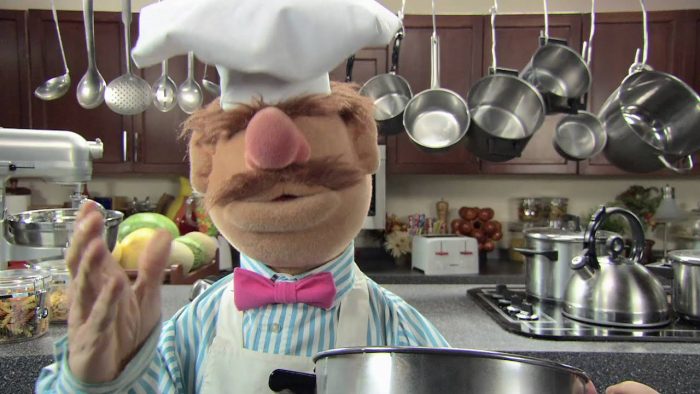
However, the headlining attraction had to be the Great Muppet Movie Ride.
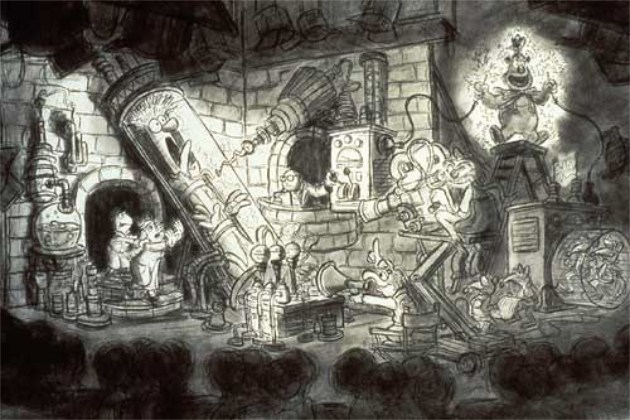
A parody of both The Great Movie Ride and the Backlot Tram Tour, this ride would take you behind the scenes of the latest Muppet projects, like Frankenstein and Peter Pan. Except, being the Muppets, the shoot has gone completely pear shaped.

All the while, Statler and Waldorf would be on hand to offer their trademark critiques, making this one of the most hilarious rides Disney has to offer.
What Happened?
In 1990, just one year before the opening of Muppet*Vision 3D, Jim Henson unexpectedly passed. In the aftermath of his death, his estate and Disney couldn’t come to an accord, and the deal was cancelled. While the already completed Muppet*Vision 3D and Stage 1 Studio Store went into the park as planned, the rest of Muppet Studios was scrapped.
Legacy
Disney and The Jim Henson Company maintained a close working relationship in the decade following Henson’s passing, until Disney eventually bought the rights to The Muppets in 2004. Following that, Disney began marketing them once again.
The area around Muppet*Vision 3D was rethemed to Grand Avenue, with the existing Pizza Planet restaurant being converted to PizzeRizzo; a less ambitious version of the planned Pizza Parlour. The Muppets began appearing at the Magic Kingdom in “Great Moments in History“, before eventually receiving a second restaurant in the form of The Regal Eagle Smokehouse.

There was also almost a Muppet dark ride at Disney California Adventure. After the park’s opening, the infamous flop that was Superstar Limo had to go. One plan to replace it? Have the Muppets demolish it while guests were riding. It was a tongue in cheek reference to how bad Monsters, Inc.: Mike and Sully to the Rescue the attraction was, that would serve as an interim overlay until a proper replacement could be made. That replacement? Ms. Piggy’s Superstar Limo, a glimpse into the world of the Muppets main diva. Unfortunately, this idea also fell through, and Superstar Limo became instead.
Beastly Kingdom: Animal Kingdom
Look at the Animal Kingdom logo, and you’ll probably notice something unusual.

Yes. That is, in fact, a dragon. Why is there a dragon, you ask? Well, when Animal Kingdom was first being designed, Disney wanted to cover three different groups of animals: Real ones we could see right now, the extinct animals of the past, and the fantastical animals that never were. The first two concepts were covered by Africa, Asia, Discovery Island, and Dinoland USA… the last, however, would have been brought to life by Beastly Kingdom.
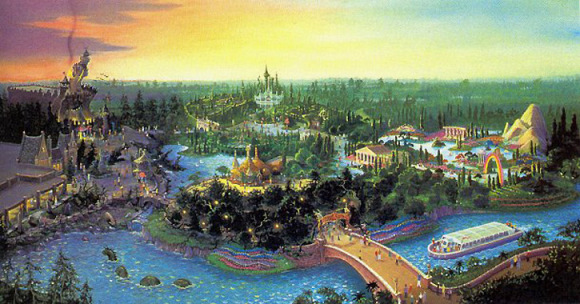
Beastly Kingdom would have been Animal Kingdom’s answer to Fantasyland, focusing on mythological beasts like sea monsters, unicorns, and (of course) Dragons.
The star attraction would have been the Dragon’s Tower, in which you were enlisted by a group of bats to help steal the hoard of a fearsome fire breathing beast on a wild roller coaster. Across the kingdom, guests could explore a maze on the Quest of the Unicorn, or ride through the Fantasia Gardens to relive scenes from the famous film.
What Happened?
Unlike many of the other lost lands in this article, Beastly Kingdom’s downfall was caused by the decidedly less than fantastical problem of budget cuts. The concept was expensive, and the idea of a land focusing on mythical creatures clashed with the park’s ecological message.
When it came time to sacrifice one of the planned lands for monetary reasons, Beastly Kingdom was the one to go. It was replaced with the relatively barren Camp Minnie-Mickey until 2017.
Legacy
Disney eventually found a way to bring in mythical creatures while maintaining a message of conservation with Expedition Everest, which cast the Yeti as a mythical protector of the Forbidden Mountain.

However, the kingdom’s biggest legacy is the land that currently occupies its planned location; Pandora. Avatar‘s ecological themes fit in well with the park’s ideals, and the alien creatures of Pandora fit neatly into the niche of “Animals that don’t exist.” Still, you can see traces of the planned land around Animal Kingdom today, from the Unicorn parking lot to the Dragon in the logo.

As for Fantasia Gardens? Well, that ended up becoming a Mini-Golf course.

This is all just a sampling of the strange world of scrapped Disney attractions. There’s so much more out there, ranging from abandoned theme park concepts, to entire resorts on the scale of Disneyland that were simply never made.
Which of the unbuilt Disney lands would you have most liked to see come to life? Let us know in the comments below!
Join the AllEars.net Newsletter to stay on top of ALL the breaking Disney News! You'll also get access to AllEars tips, reviews, trivia, and MORE! Click here to Subscribe!



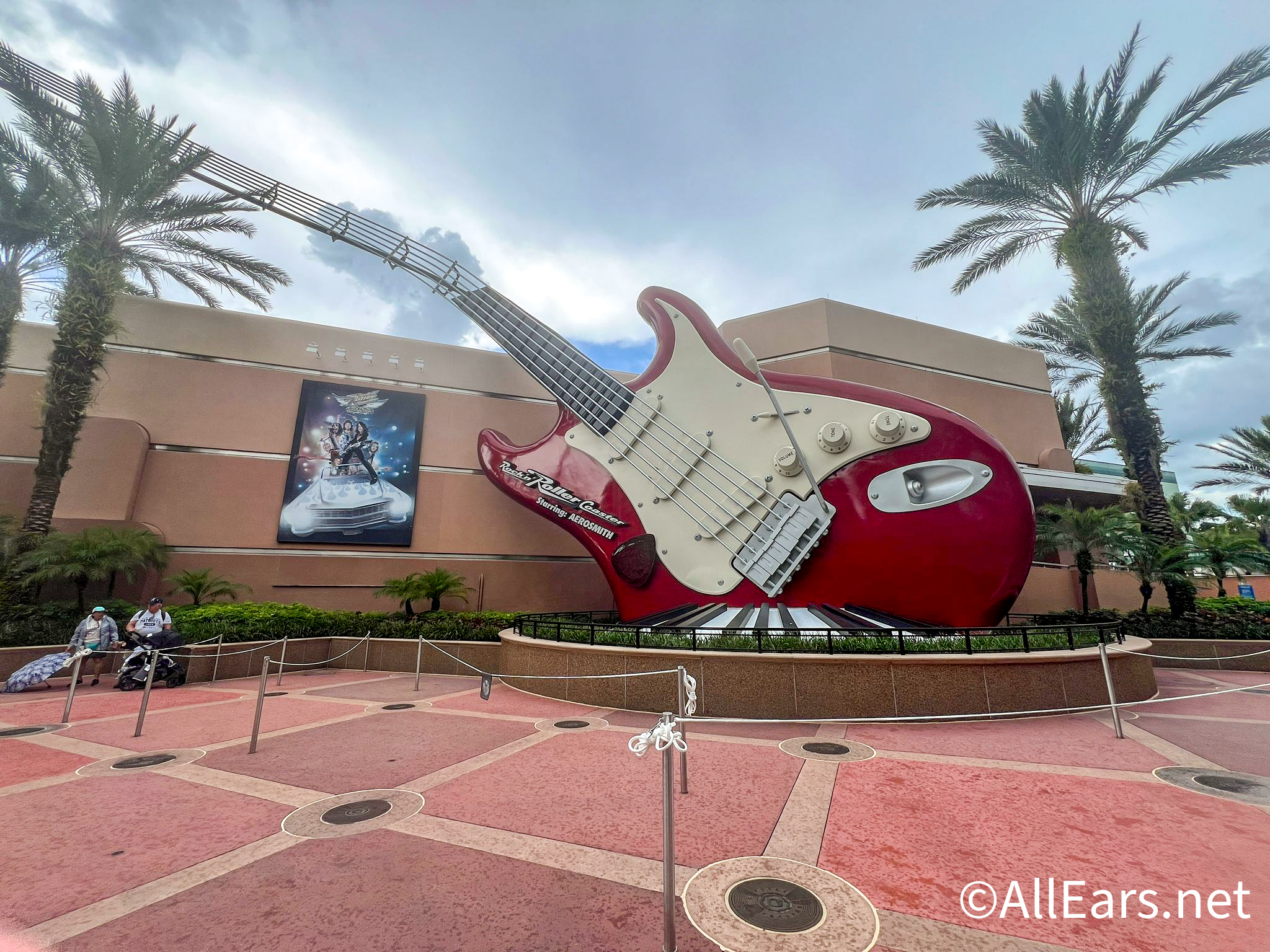



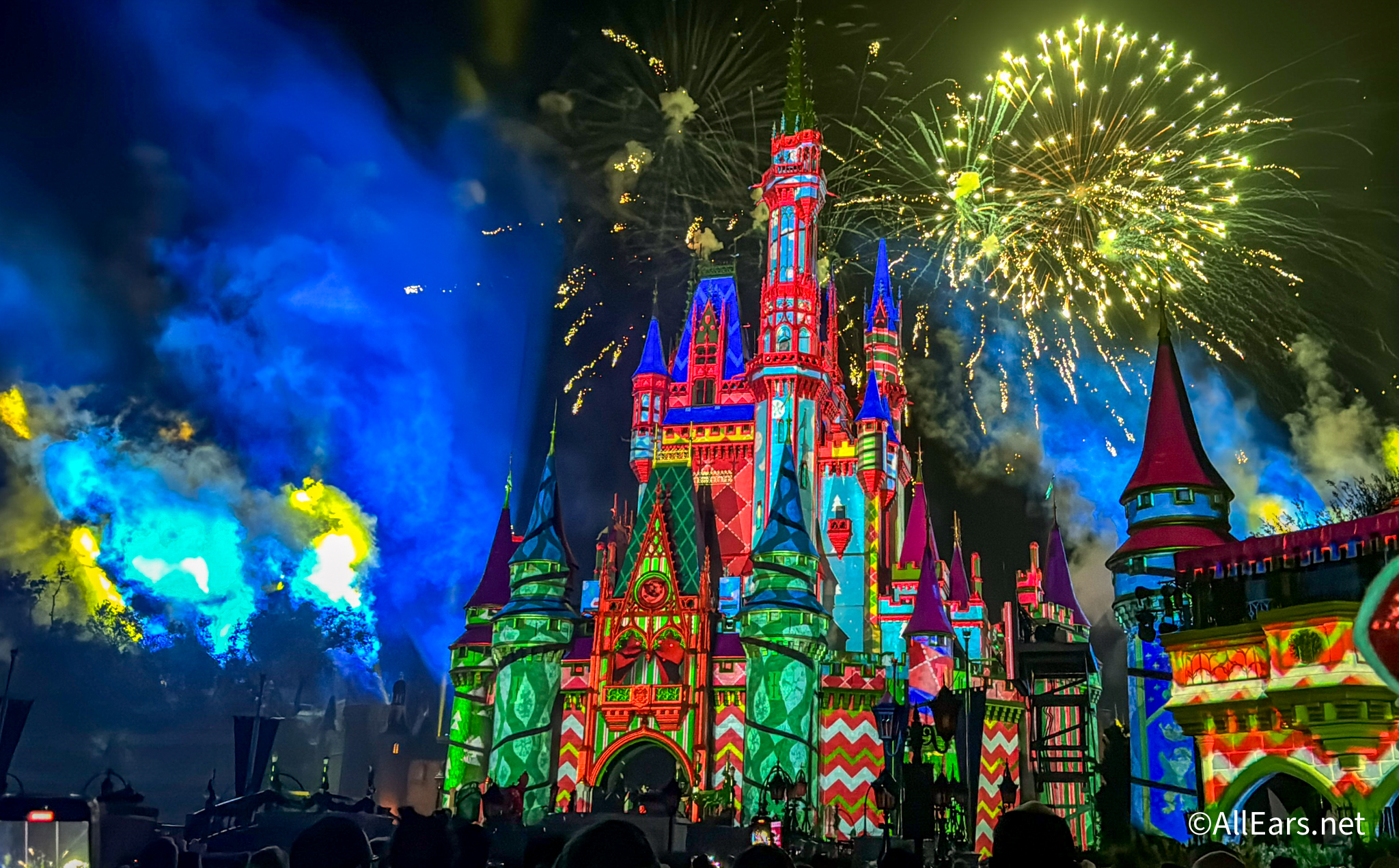
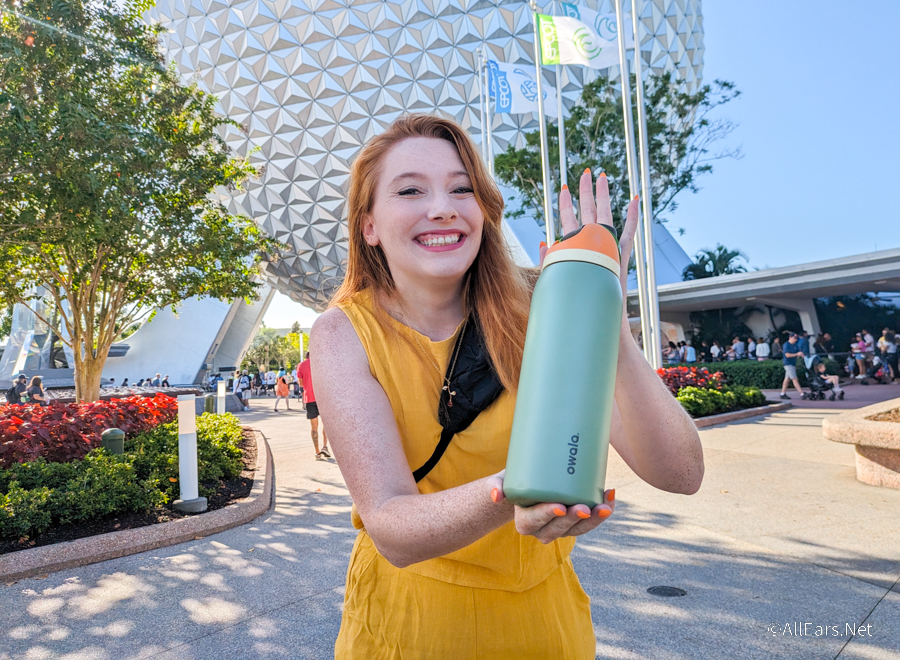
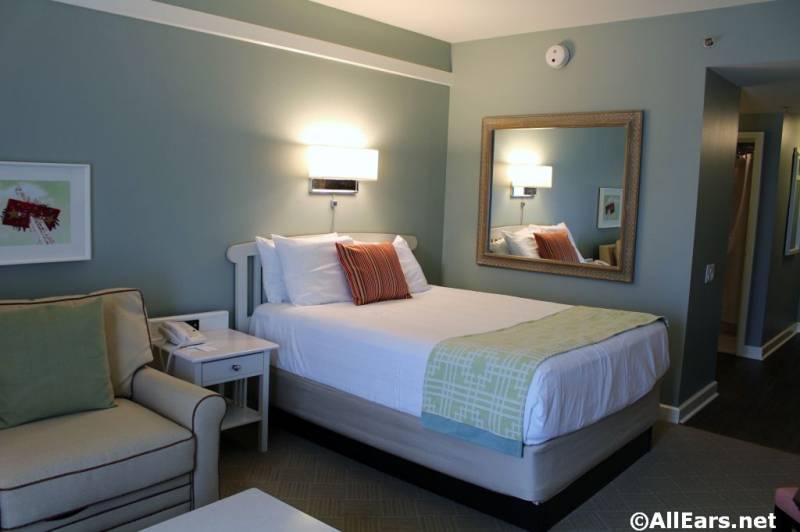
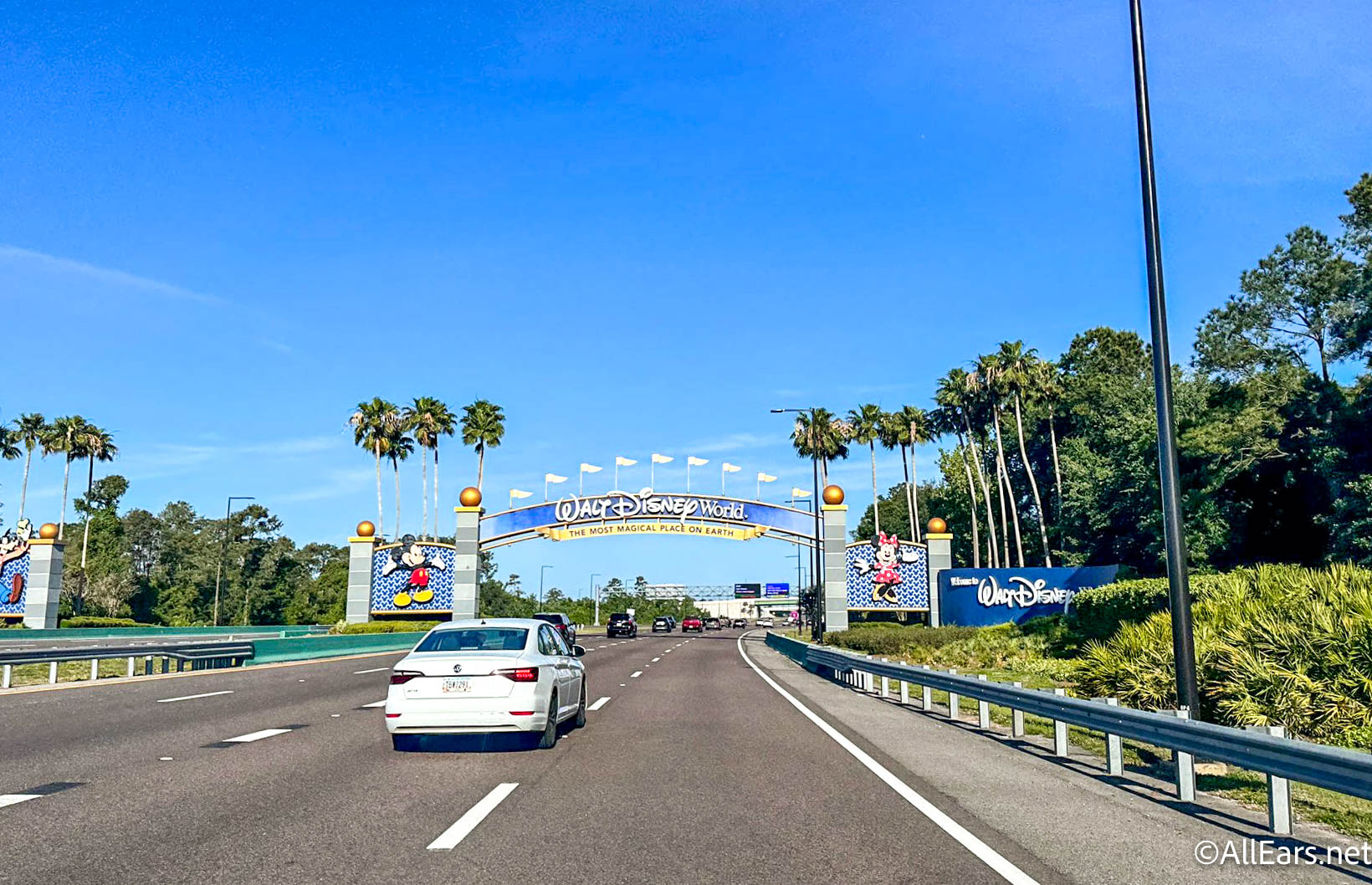
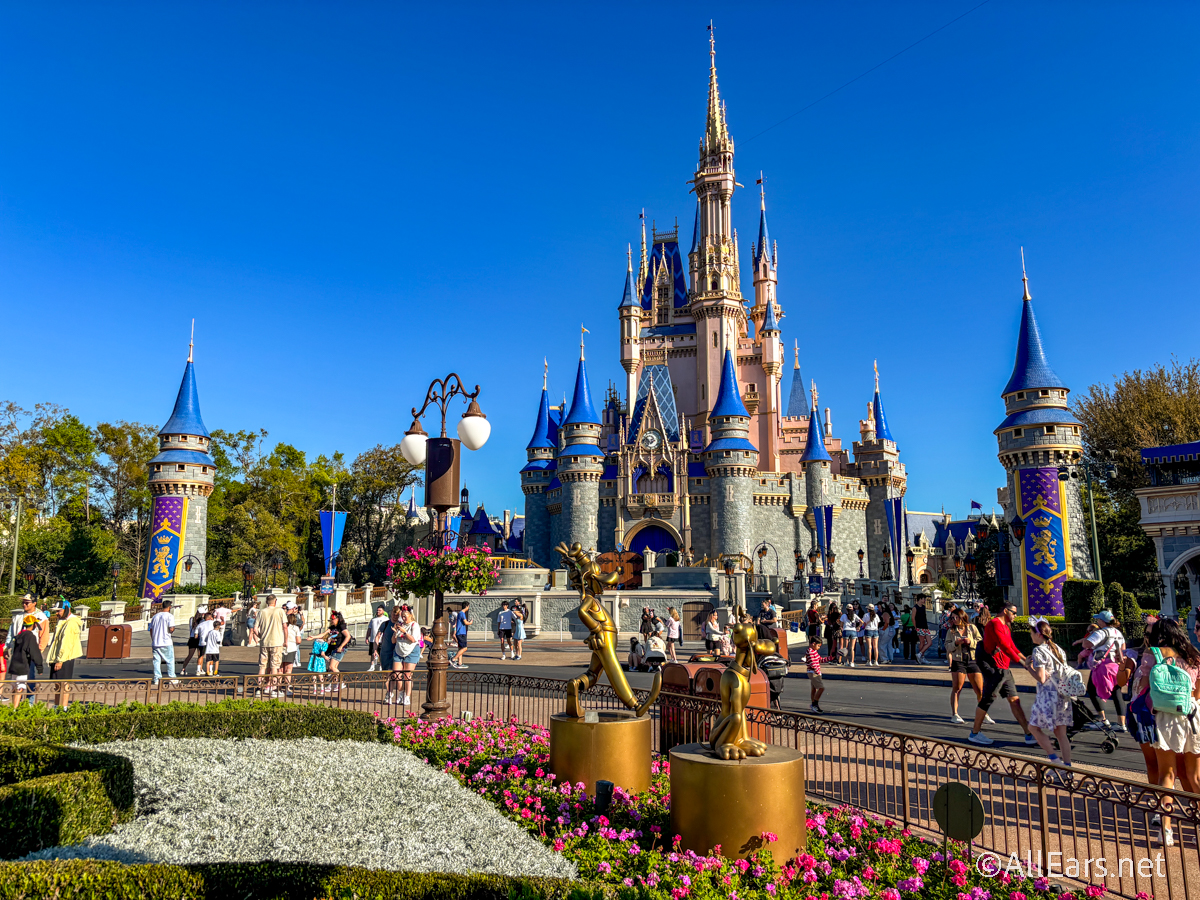



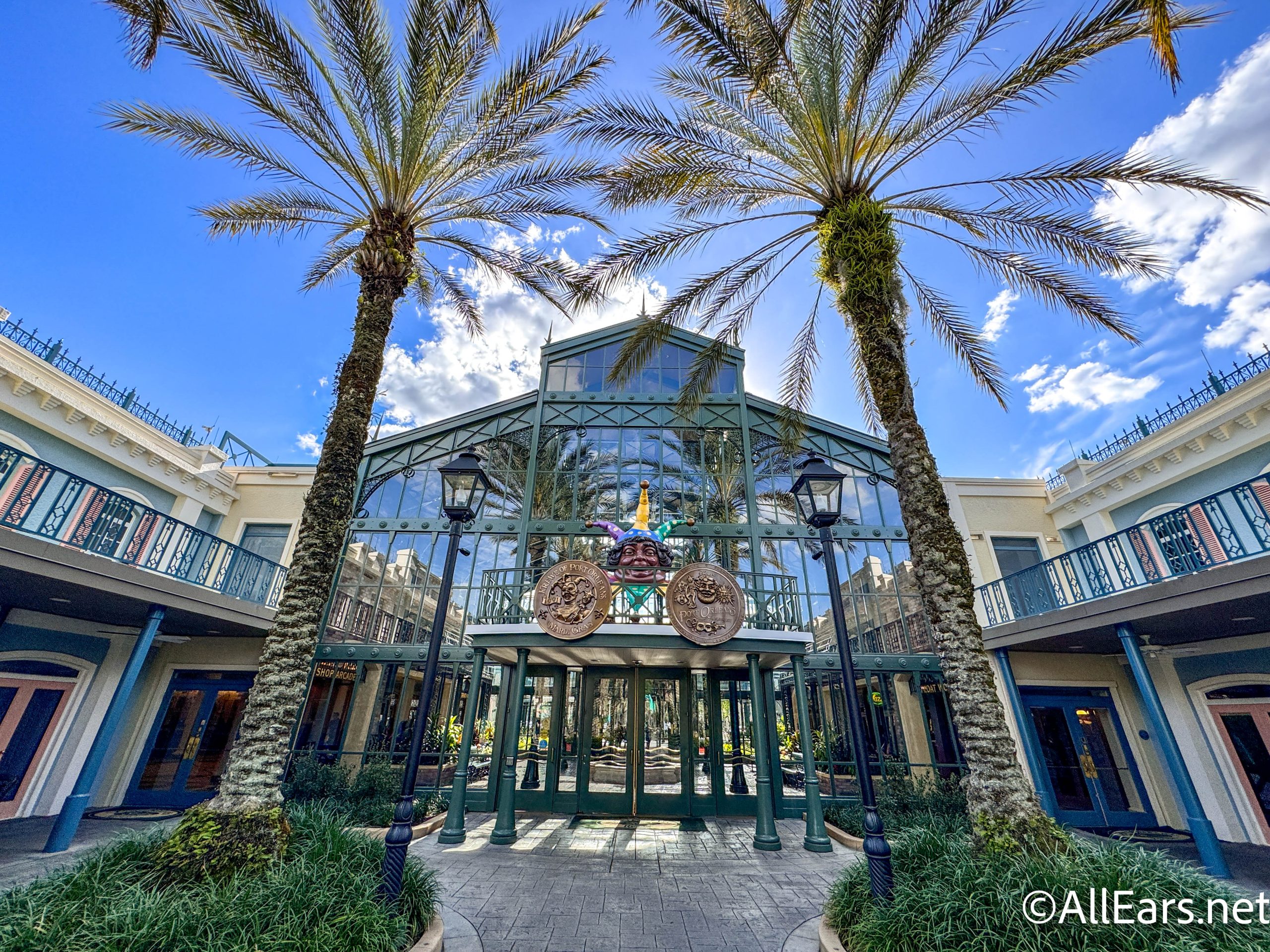
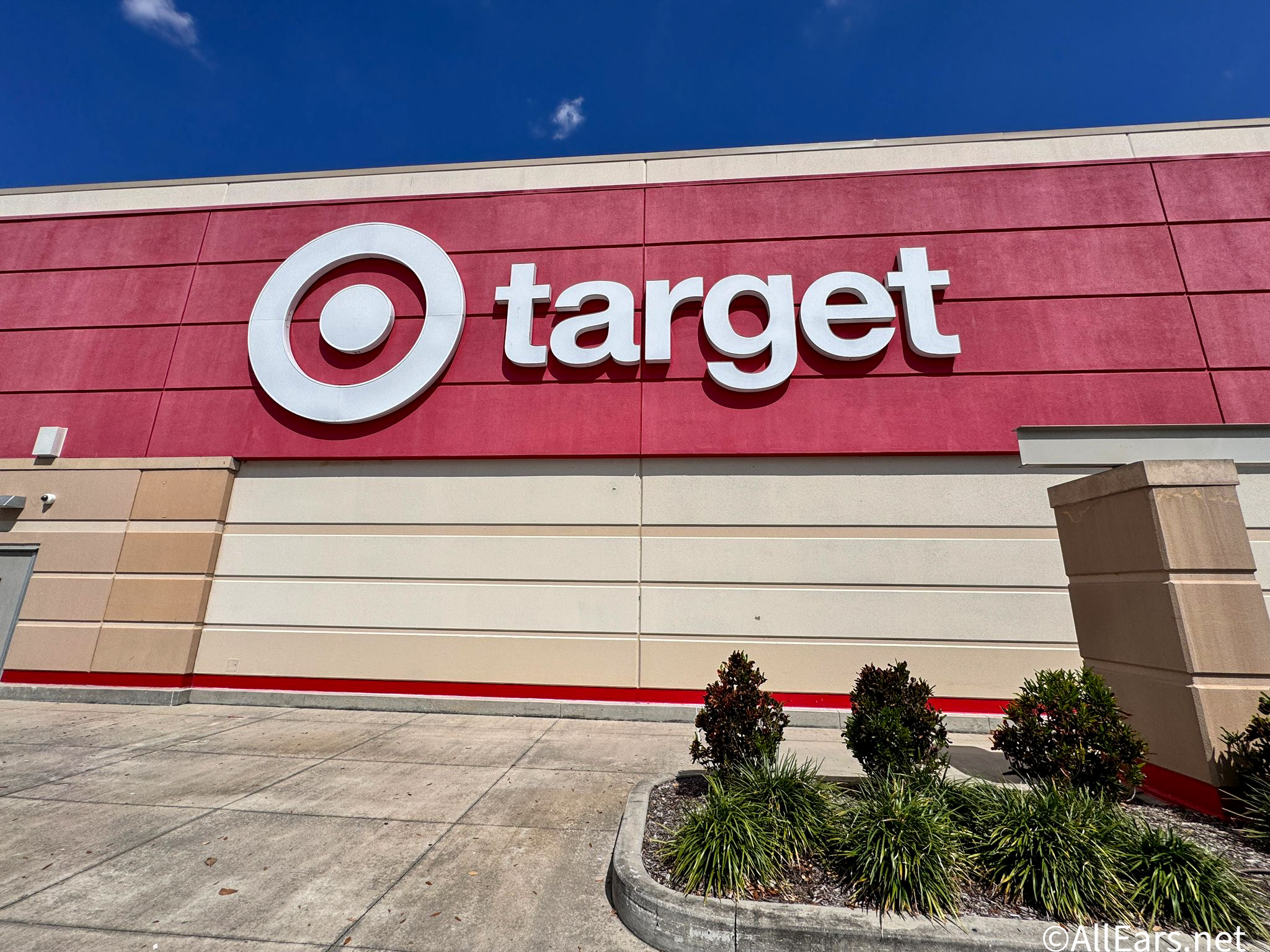



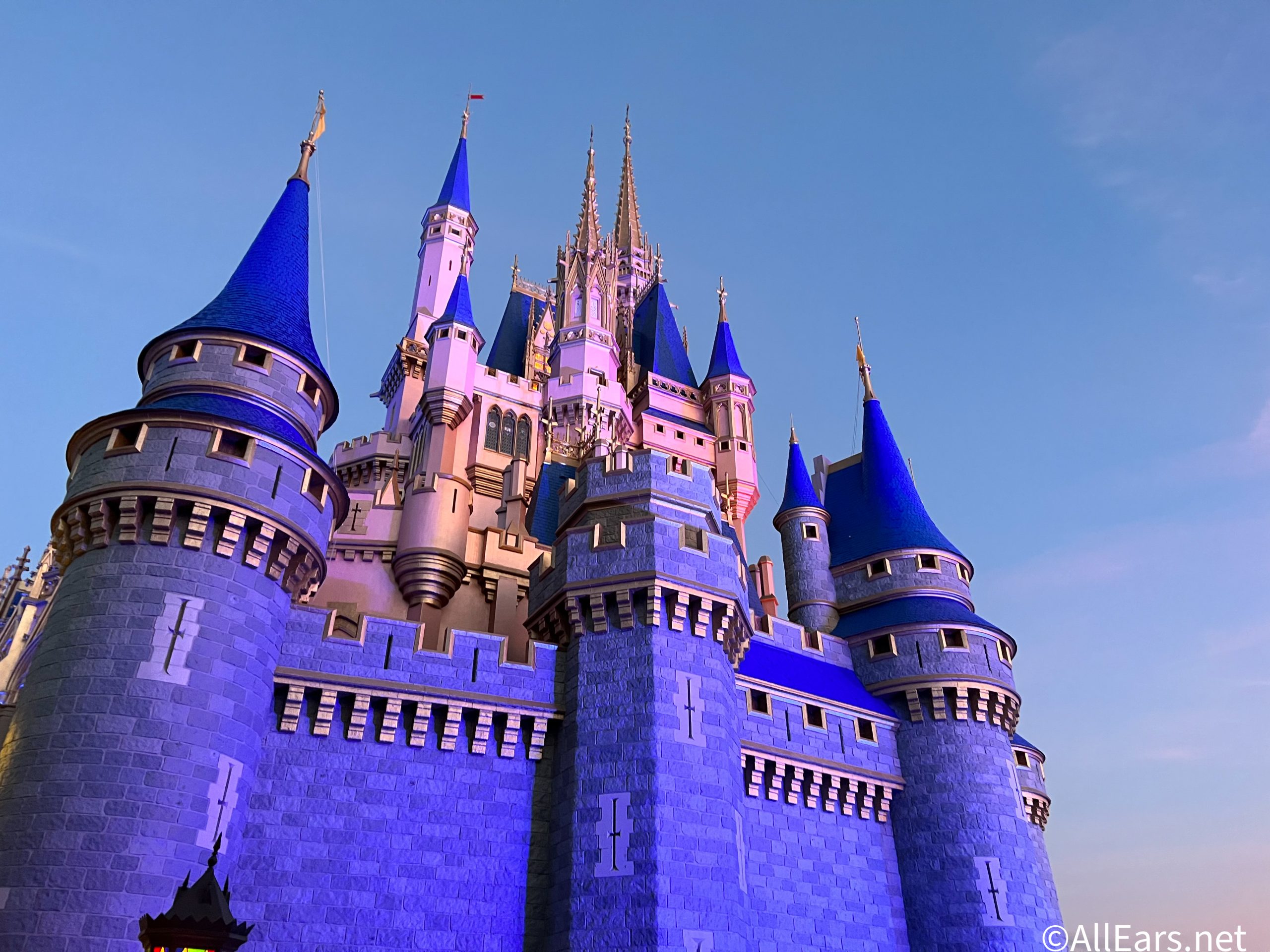
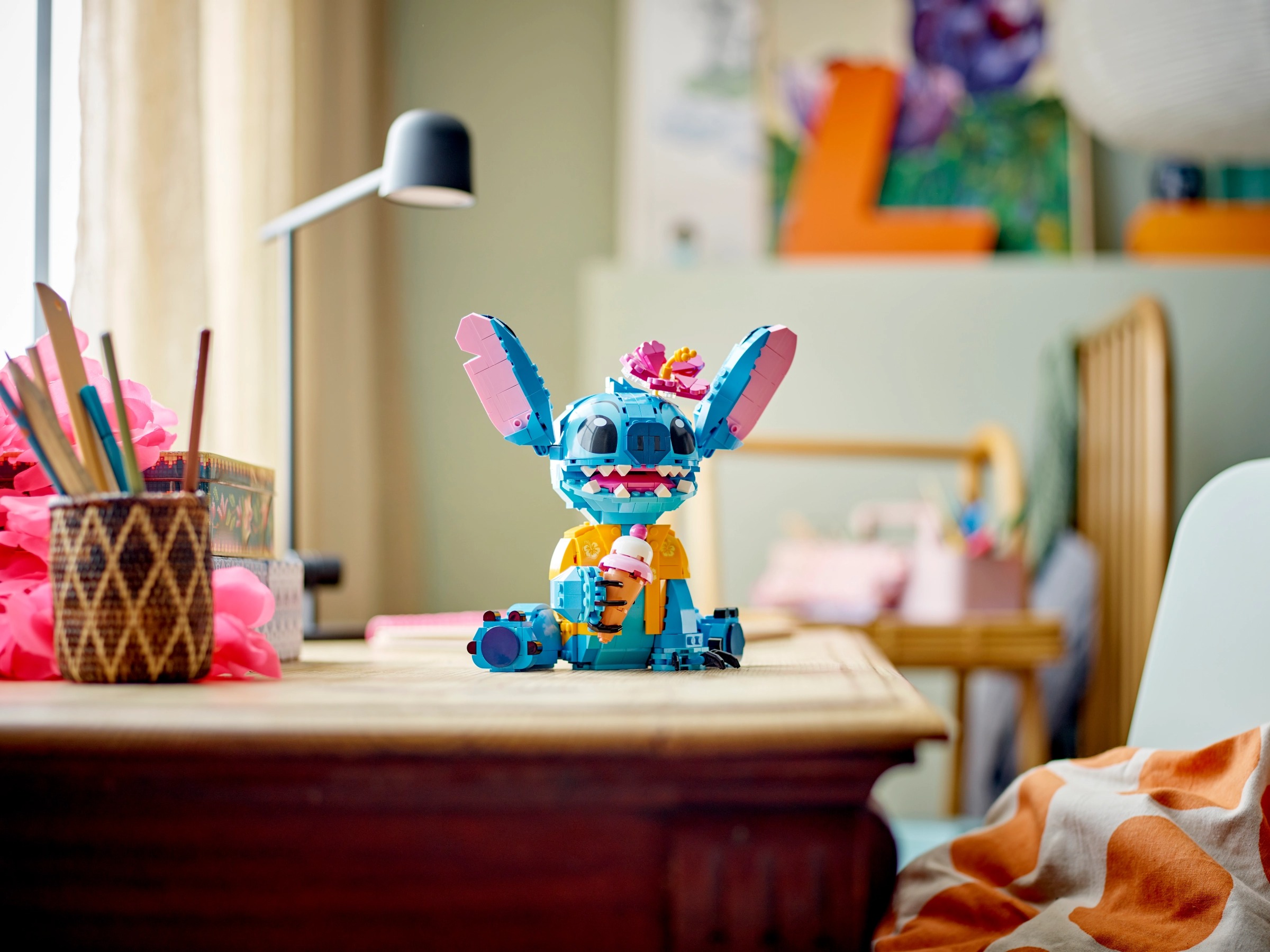

Sadly, Disney hasn’t done much with the Muppets. I fear they will just be recycled every 5 years or so to try to wring out some nostalgia money.